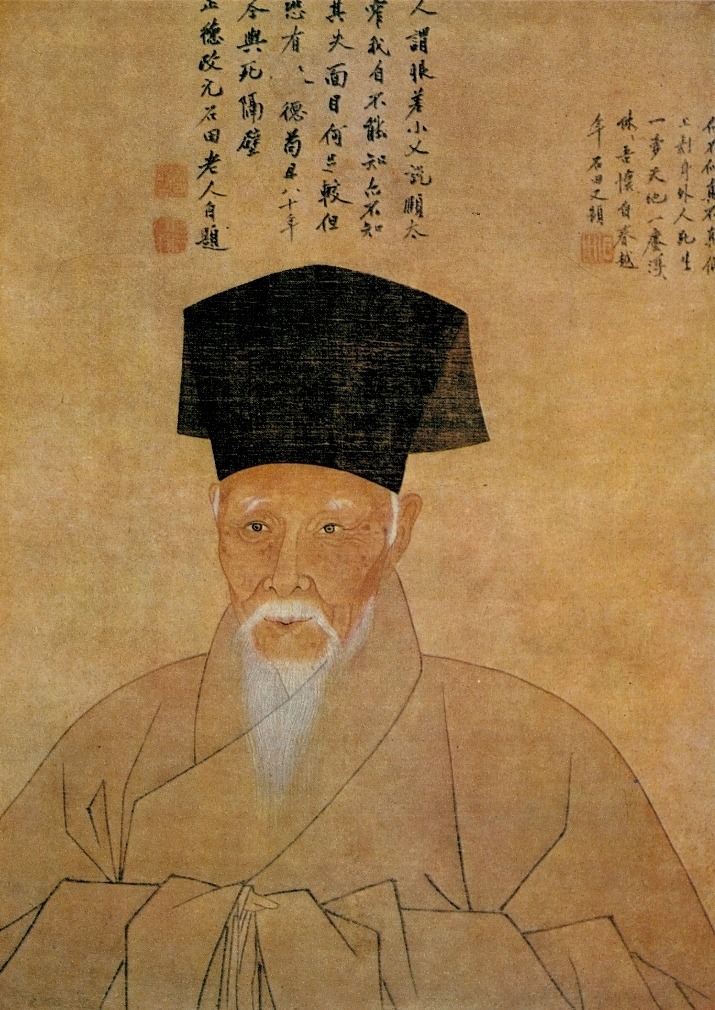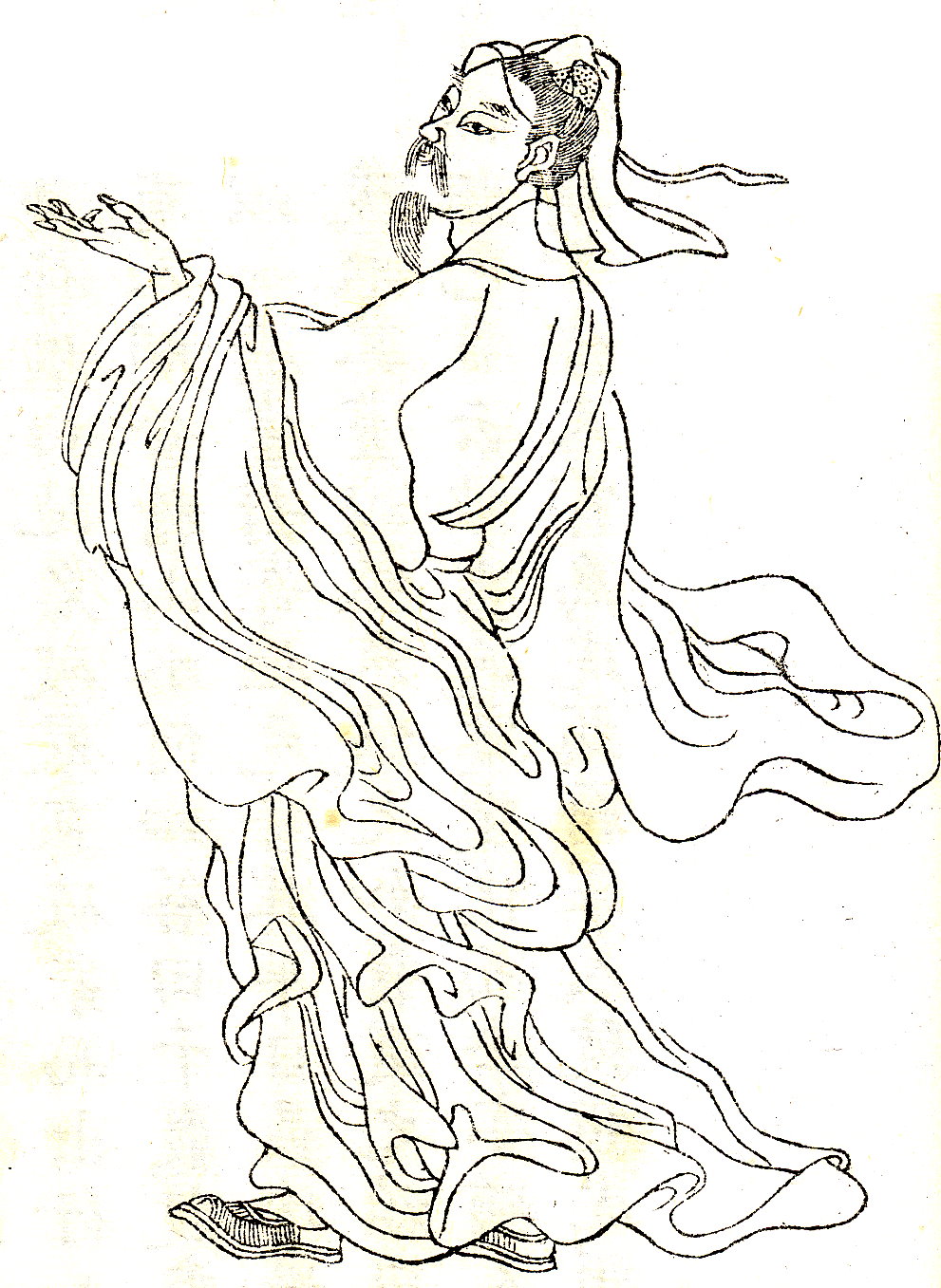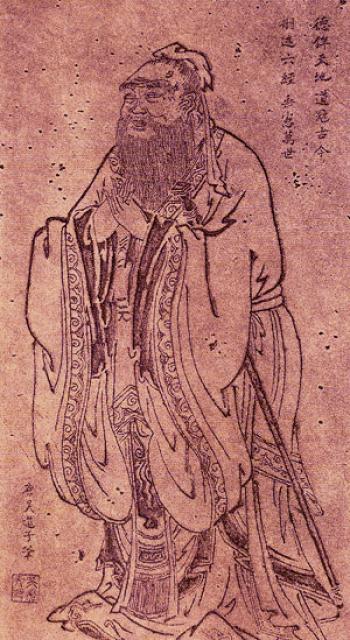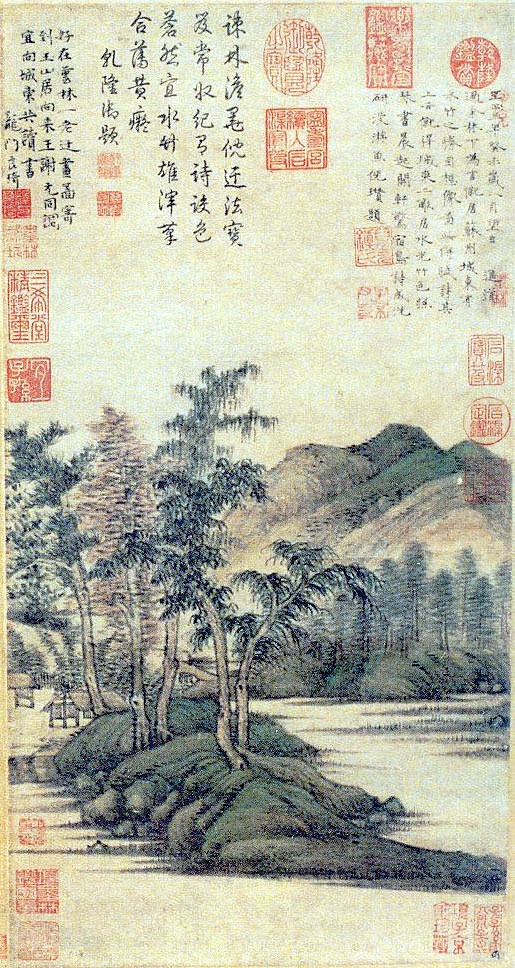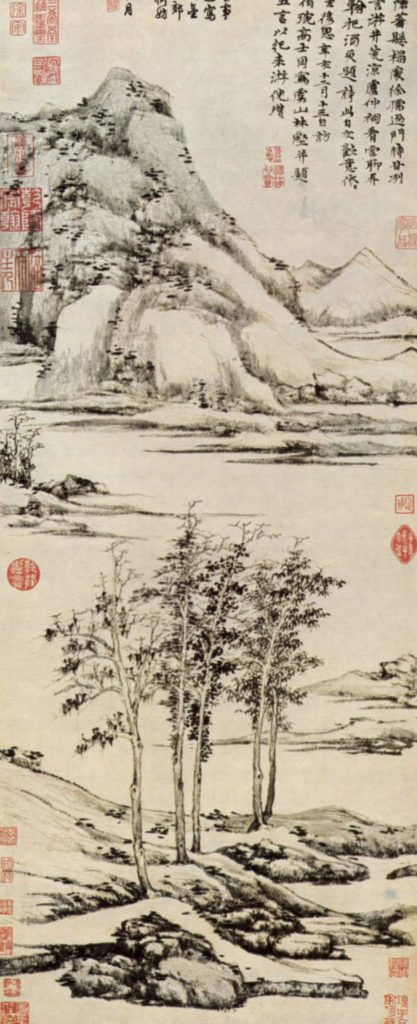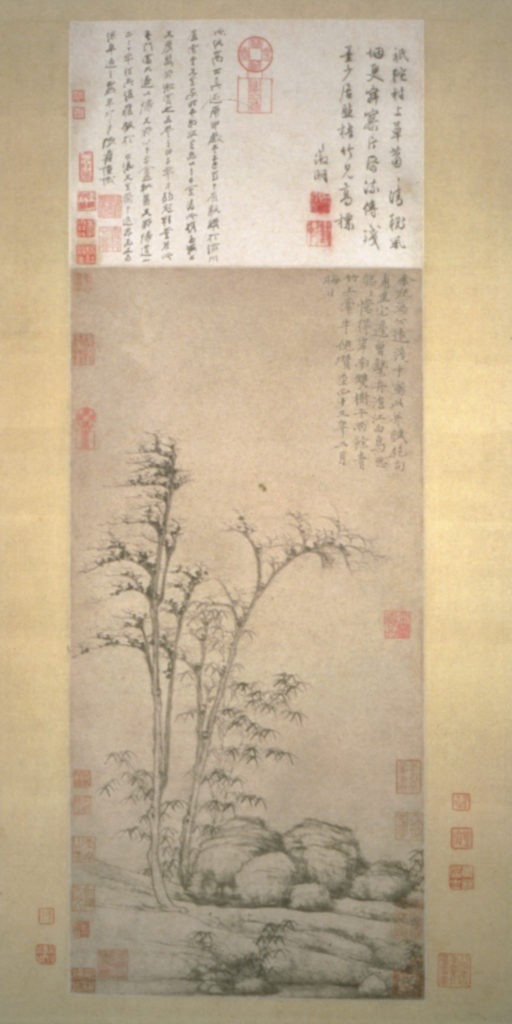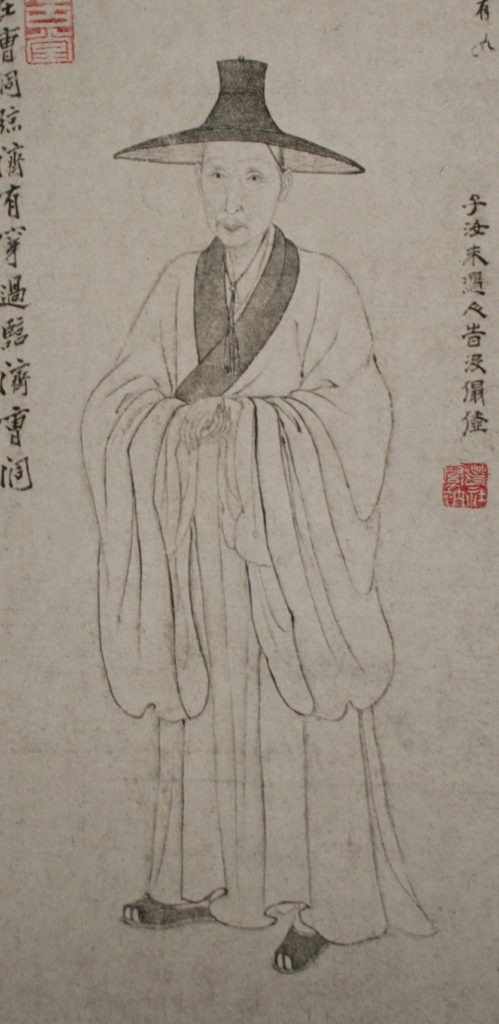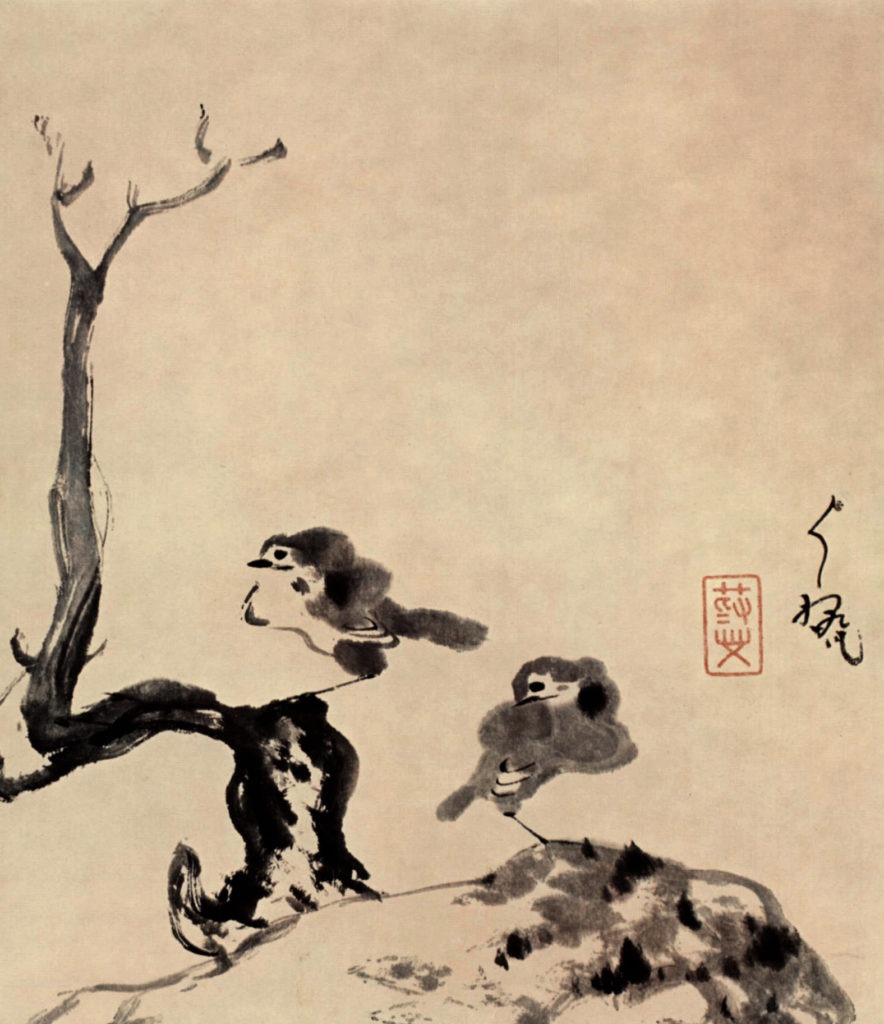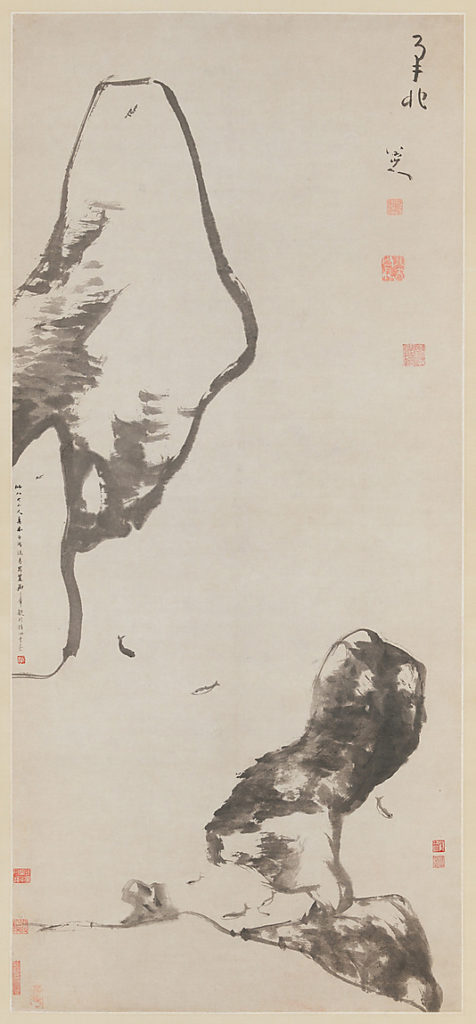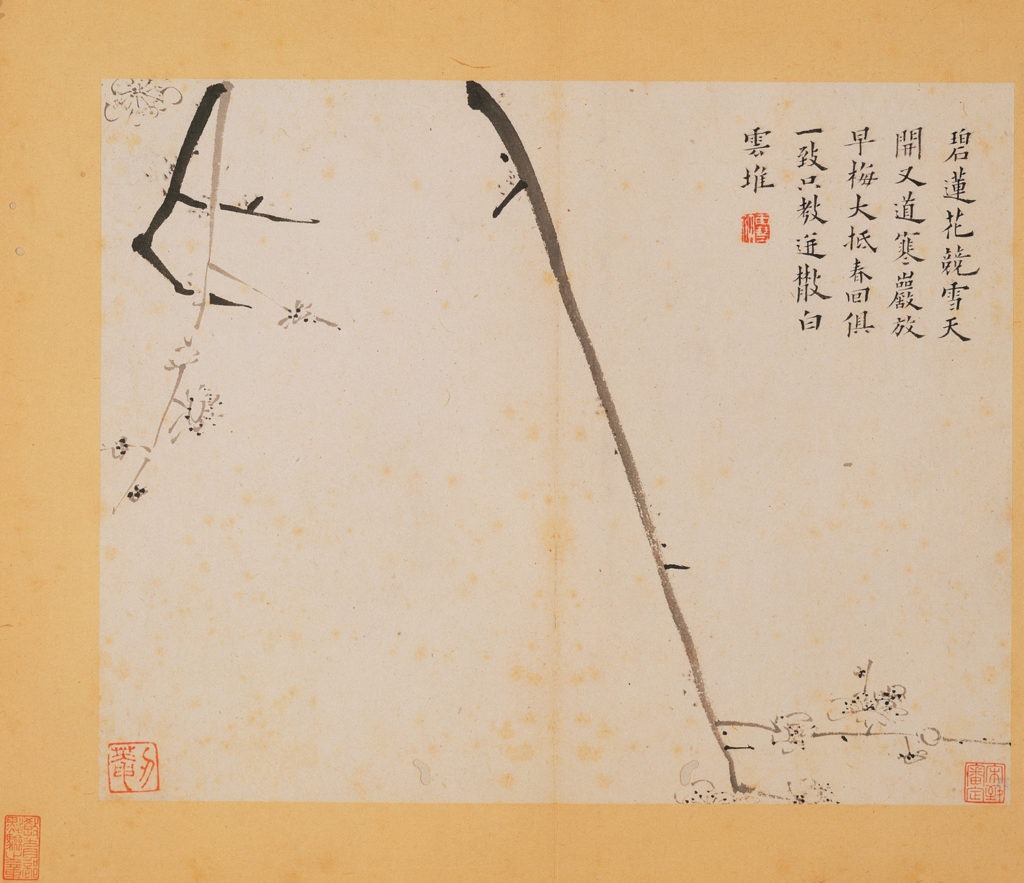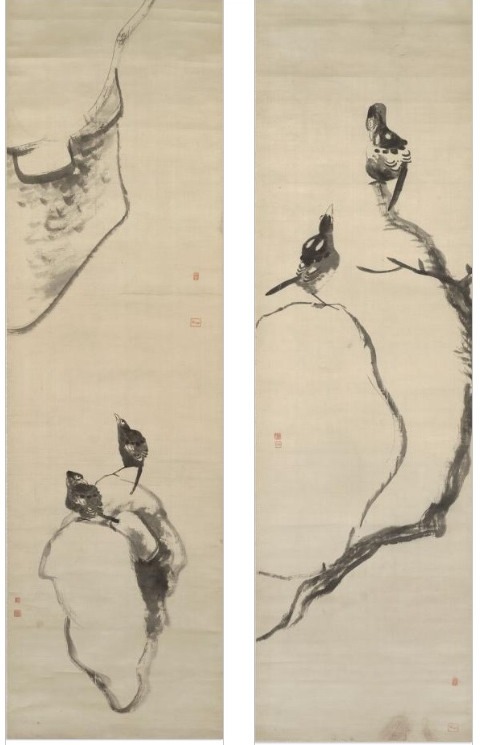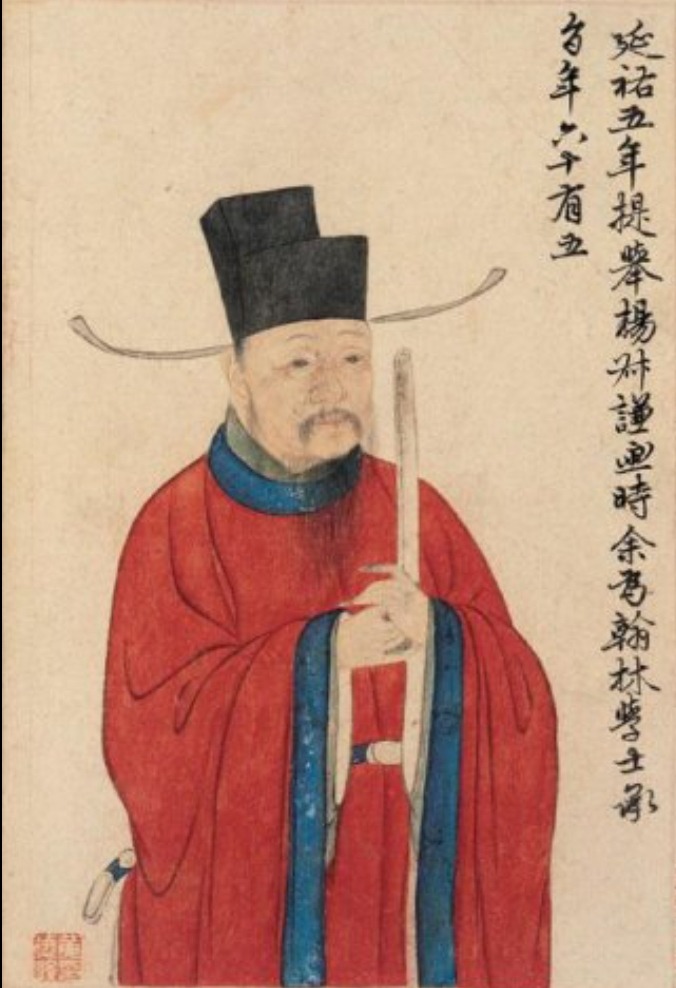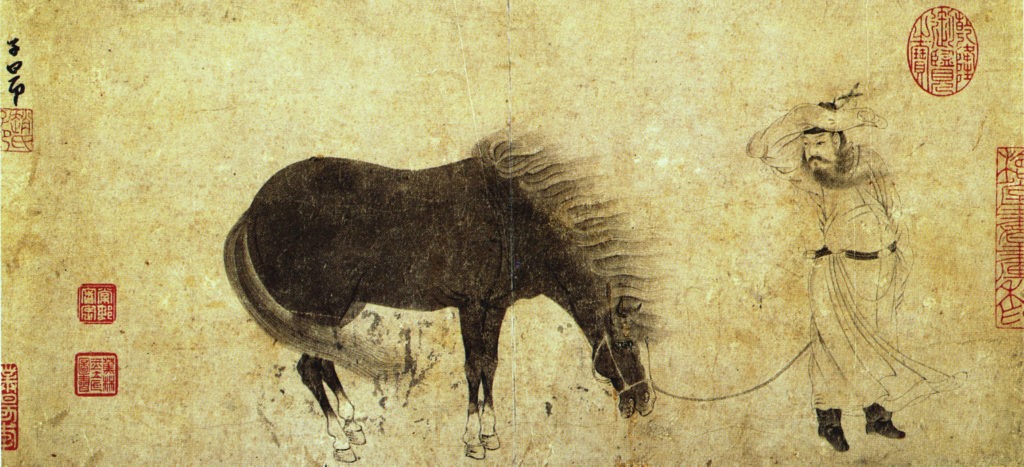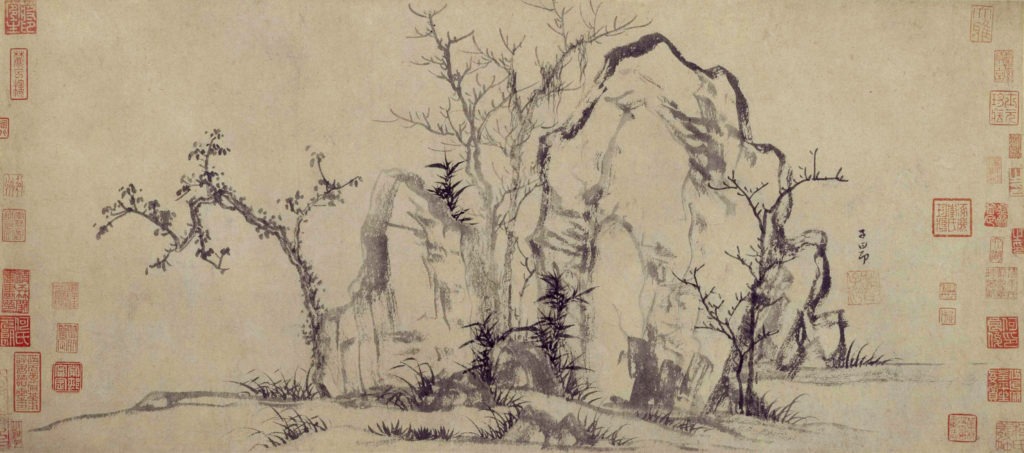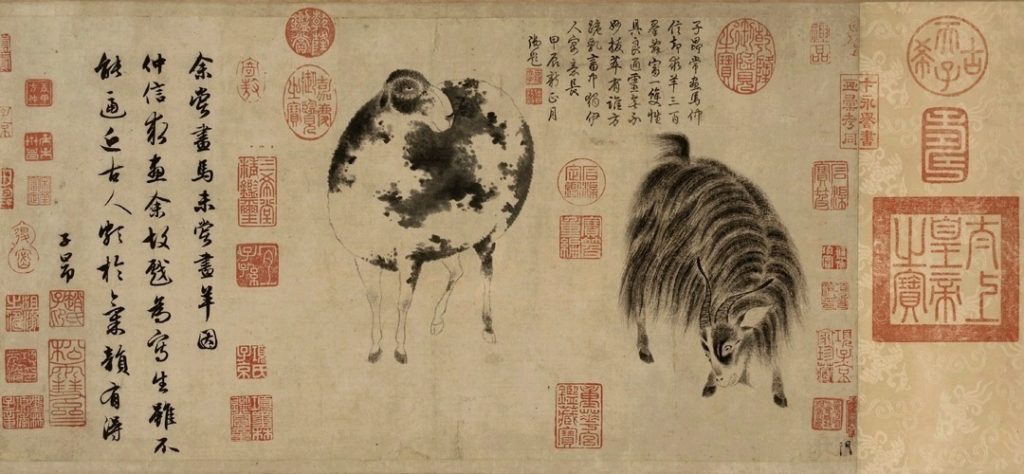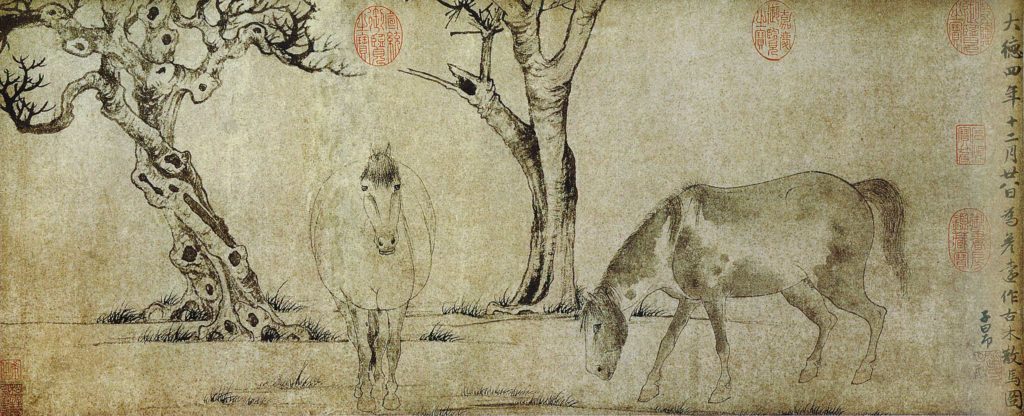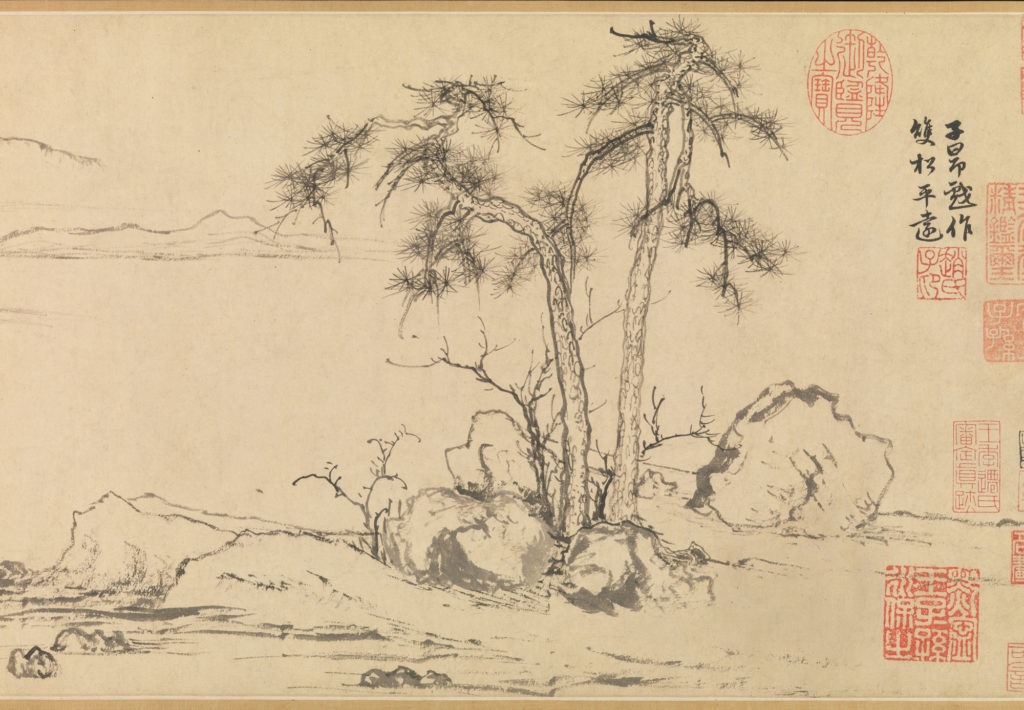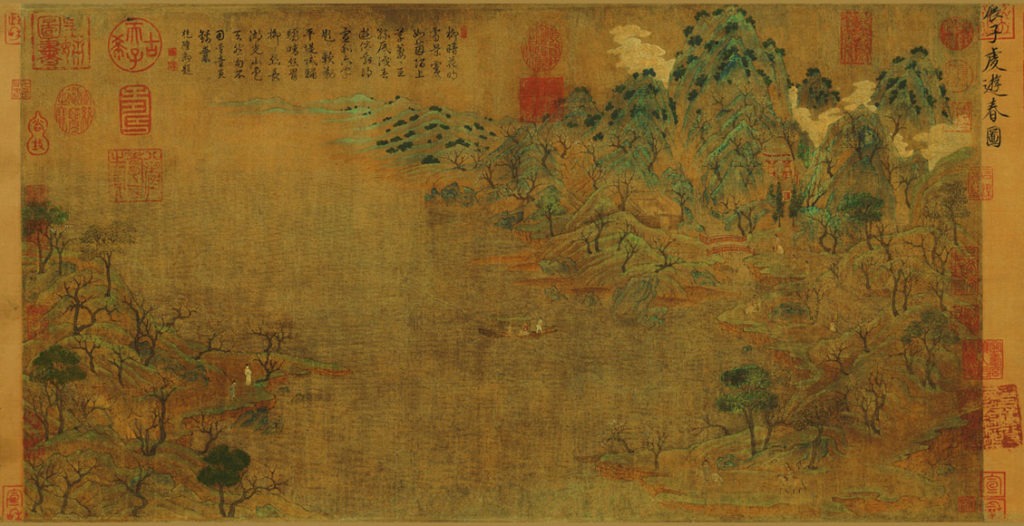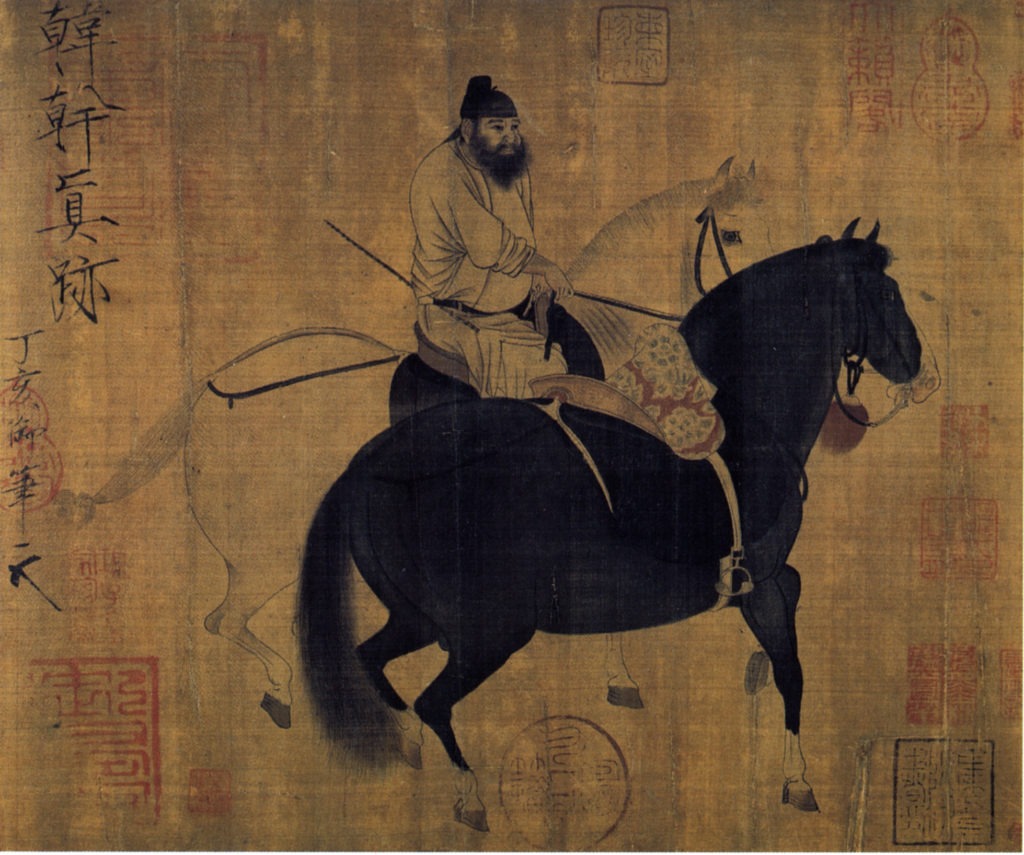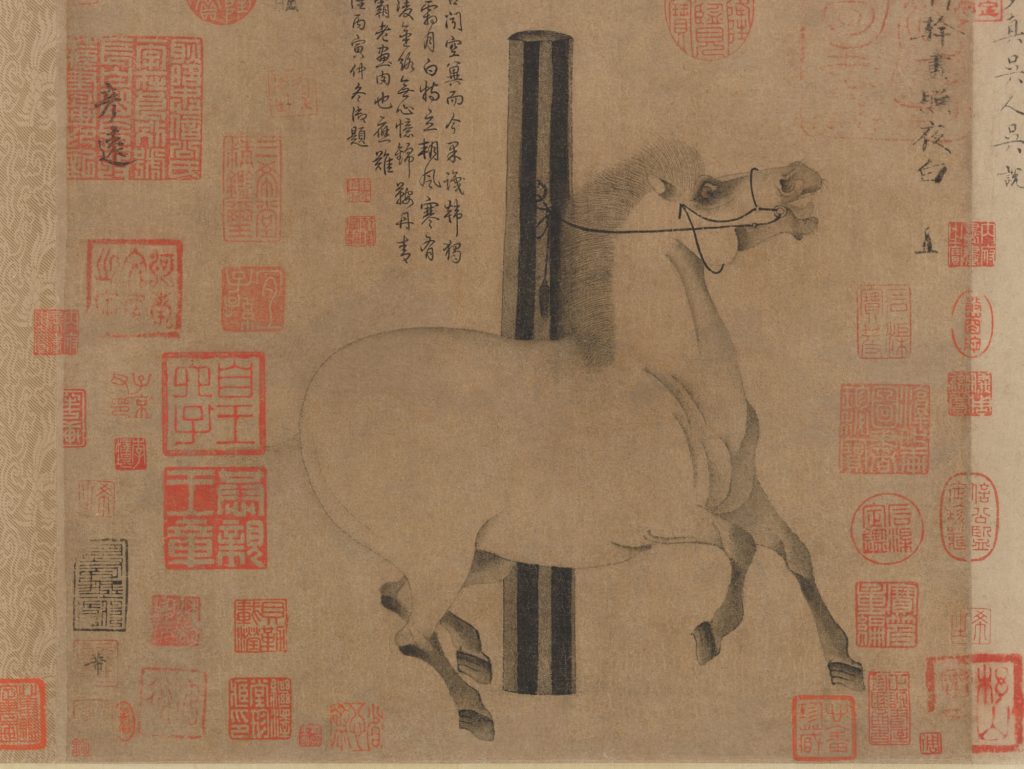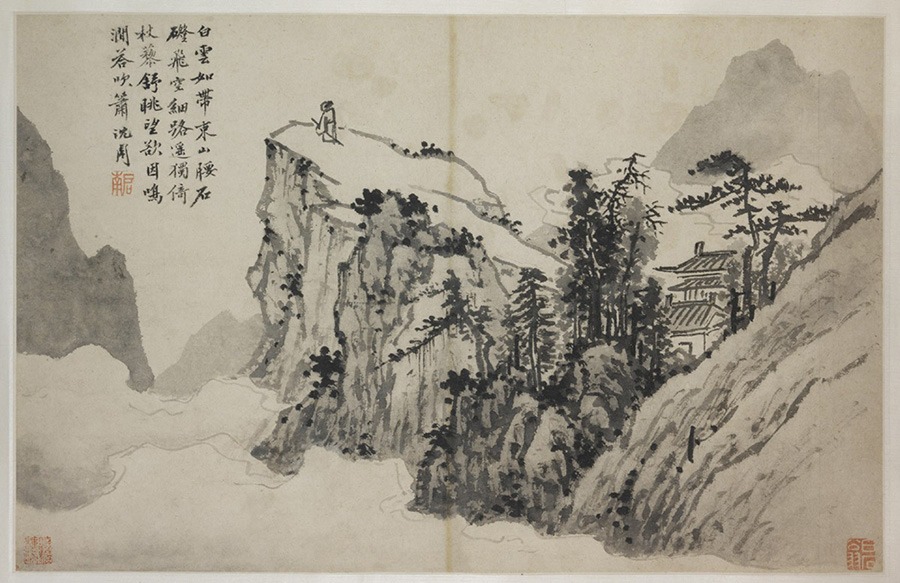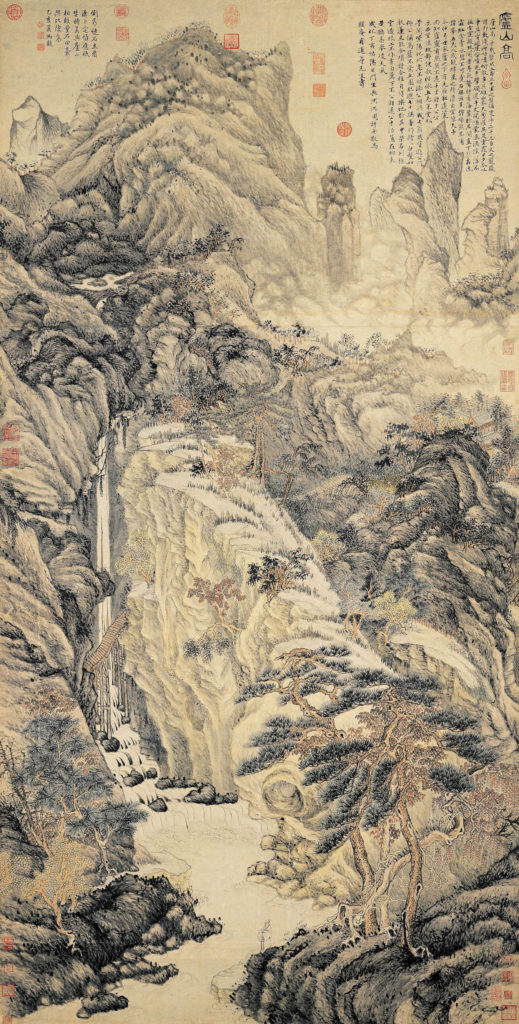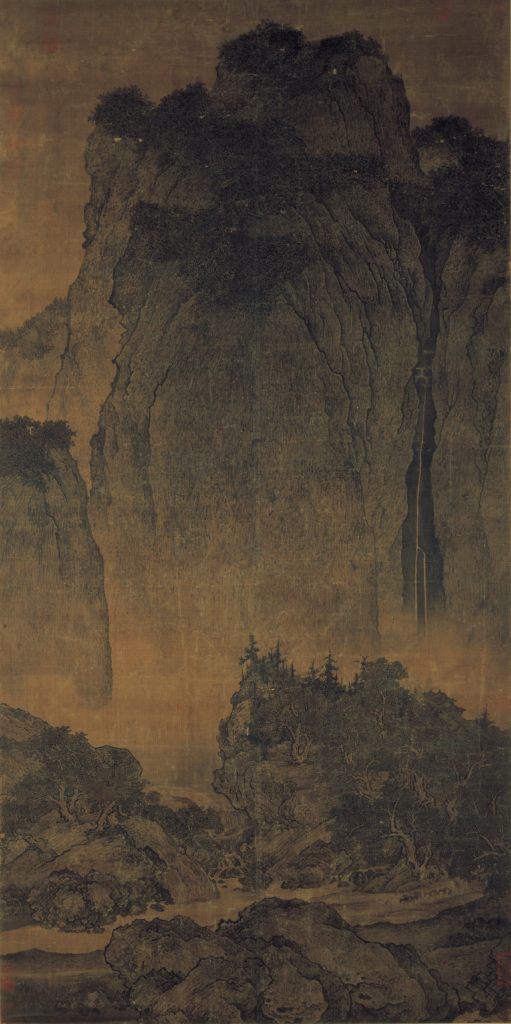There have been many great artists in the rich history of Chinese art from the third century to the modern era. Chinese art is famous for landscape paintings, and many masterpieces have been created by different Chinese artists. People continue to enjoy Chinese artists’ famous theories and style of art through the passing down of their works.
People often find clues and meanings in the artwork, and some just adore them as they are. The historical Chinese artworks are also full of deep meanings that one should explore according to his perspective. If you are a person who admires art, especially ancient art, you will absolutely love this article. Here are the most celebrated artists from China and their most famous masterpieces:
Gu Kaizhi (348 – 405AD)
In the history of Chinese painting, the southern and northern dynasties (220-589) were very important periods. Gu Kaizhi, a person who was one of the most noticeable people of that era, living in the Eastern Jin Dynasty (317 – 410AD), who could not be ignored. Gu was born in Wuxi, and he painted for the first time in Nanjing in 364. He also wrote three amazing books about painting theory, which are:
- On Painting
- Introduction of Famous Paintings of Wei and Jin Dynasties
- Painting Yuntai Mountain
He wasn’t just a painter but also a painting theorist and a poet. He was a multitalented person with a keen interest in calligraphy and poetry. Gu was great at painting especially landscapes and figures. He incorporated the expression of the spiritual state of the characters in his paintings. His masterpiece is “The Admonitions of the Instructress to the Court Ladies.”
Other artworks:
- Nymph of the Luo River
- Wise and Benevolent Women
Wu Daozi (680 – 759AD)
Wu Daozi was a famous painter in the Tang Dynasty (618-907AD) who first learned calligraphy from Zhang Xu and He Zhizhang (great calligraphers in ancient China). Wu was honored as a painting saint during that time. He lost his father at a very young age and was forced to live in poverty. Later, when Wu realized that people didn’t much praise his calligraphy, he specialized in painting. Due to his hard work and determination, he made rapid progress and created marvelous pieces of art.
His murals were considered “one character with eight characters”. His paintings had round strokes to portray the figures with their flowing clothes. His unique style of painting was praised as “Wu Dai Daing Feng”, which translates to “excellent painting skills and elegant painting style.”
Wu’s style was so amazing and exclusive that he influenced the painters of later ages. His influence can be seen in the murals in Dunhuang in the Tang Dynasty and Yongle Palace in the Yuan Dynasty during the period of 1271 AD to 1368 AD.
Masterpiece: Eighty-seven celestial people
Ni Zan (1301 – 1374AD)
Ni Zan was a renowned poet and painter in the Yuan Dynasty and early Ming Dynasty from 1368 to 1644 AD. Though Ni belonged to a prosperous family, he didn’t worry about any complexities and continued his studies diligently. He specialized in ink bamboos and landscapes, staying out of the spotlight so people could not disturb him and his studies.
In the Ming Dynasty, people were proud to collect Ni Zan’s paintings. For hundreds of years, his art and viewpoints on painting greatly influenced the people of the Ming and Qing Dynasties from 1644 AD to 1912 AD. Ni Zan heavily influenced all great masters, including Dong Qichang (1555 – 1636AD) and Shi Tao.
Artworks:
- Water and Bamboo Dwelling
- Trees in a River Valley in Yü shan
- The Distant Cold Flow Pine
- Bamboo, and Elegant Stone
- Twin Trees by the South Bank (Annan shuangshu)
Zhu Da (1626 – about 1705AD)
Zhu Da, also known as Bada Shanren, was a Chinese painter of ink washing painting and a calligrapher in the late Ming Dynasty and Qing Dynasty. He was descendent of the founder of the Ming Dynasty, Zhu Yuanzhang. In 1644, after the collapse of the Ming Dynasty, both Zhu’s wife and father died within ten years – it was quite a hard time for him. He eventually became a monk, living out in a temple along with his brother.
He was loyal to the Ming Dynasty; this is why he refused to cooperate with people from the Qing Dynasty. His artwork was filled with symbolism, where animals like fish, birds, and ducks all embodied the spirit of toughness and gazing proudly at the Qing Dynasty.
Although Zhu’s paintings were simple, they influenced later generations and instilled in viewers a sense of spontaneity instead of observing the artwork passively.
Artworks:
- Two Birds
- Fish and Rocks
- White Plum Blossoms
- Ravens and Rocks
Zhao Mengfu (1254 – 1322AD)
Zhao Mengfu was descendent of Zhao Kuangyin (founder of the Song Dynasty). He had an impressive memory as a child; he didn’t forget what he had written or read. He joined the army in the age of fourteen and was a part of it until the Southern Song Dynasty collapsed in 1279 AD.
His most memorable contribution to Chinese paintings was making them look more elegant and reserved. His unique style was so popular back then that his “reserve” culture influenced Southern China and gradually became the mainstream for many Chinese painters.
Zhao wasn’t just a great painter but also an accomplished poet and calligrapher. He was widely known for his paintings of horses. In his family, he had several sons with his wife, Guan Daosheng. One of his sons, Zhao Yong, later became a famous painter and calligrapher.
Artworks:
- A Man and His Horse in the Wind
- Elegant Rocks and Sparse Trees
- A Sheep and Goat
- Old Tree and Horses
- Hoopoe on Bamboo
- Twin Pines, Level Distance
- Autumn colours on the Qiao and Hua mountains
- Bathing Horses
Zhan Ziqian (mid to late 6th-century c.)
Zhan Ziqian belonged to Yangxin County in modern-day Shandong province. He was a famous painter and had been a government official during the Sui Dynasty (581 to 618). He was known for his amazing landscape paintings that were the most influential of that time and his contributions to the naturalistic depiction in landscape painting (in terms of distance and dimension).
His most famous artwork is known as Stroll About in Spring – it is also the oldest Chinese landscape painting that has survived.
Han Gan (c. 706-783)
Han Gan was born to a low-income family during the Tang Dynasty. He was recognized by a famous poet, Wang Wei, who also sponsored Han in learning arts. Han was a student of Cao Ba, a court painter. Although he has been recorded in the history for his wall paintings on Buddhist and Daoist themes, he is widely remembered for his remarkable paintings of horses.
He used a tautly controlled line and compositions of great clarity to emphasize the nobility and strength of the Tang Empire’s horses. His popularity and reputation surpassed that of his teacher Cao Ba.
Artworks:
- Two prized horses and one rider
- Night-Shining White
Shen Zhou (1427 – 1509)
Shen Zou, also known as Qi’nan and Shitian, was a famous Chinese painter in the Ming Dynasty who was born into a wealthy family in Xiangcheng in the Jiangsu province. He was one of the Four Masters of Ming along with Wen Zhengming, Qiu Ying, and Tang Yin. He is known for his number of contributions to Chinese art and creating some of the most well-known masterpieces. He also founded the Wu School in Suzhou.
Although Shen was famous for his landscape paintings, he also did outstanding works depicting fruits, flowers, vegetables, and animals. He worked in collaboration with others at gatherings with his literati friends, combining calligraphy, painting, and poetry.
Through the eyes of Shen Zhou, a painting was not just a product, but the very extension of the artist himself.
Masterpiece: Poet on a Mountaintop
Other Famous Artworks:
- Lofty Mount Lu
- A Pure Conversation among Mountains and Rivers
Fan Kuan (960 – 1030)
Fan Zhongzheng, also called by his courtesy name Zhongli and better known by his pseudonym Fan Kuan, was a Chinese landscape painter in the Song Dynasty. He claimed that the only true teacher was nature. Fan is known best for his work “Travelers among the Mountains and Streams” and a seminal painting of the Northern Song School.
He was one of the “three great rival artists” along with Li Cheng and Guan Tong, of the period of Chinese art.
He was also mentioned in the Life Magazine in 2004 as 59th of the 100 most important people of the last millennium.
Wu Guanzhong (1919 – 2010)
Let’s now talk about the founder of the modern Chinese paintings, Wu Guanzhong. He was known for capturing various aspects of China in his paintings, including people, plants, animals, and landscapes. He liked post-impressionist art, and this is why he blended western and Chinese styles to produce a unique form of modern art.
Although his most famous works were destroyed during the Cultural Revolution in China, still many of his artworks, especially his abstract artworks, continue to inspire young artists.
In 1992, Wu became the first-ever living Chinese artist whose work was displayed at the British Museum. Due to his astonishing artworks, Wu Guanzhong is considered as one of the most renowned contemporary artists in the whole world.
Masterpiece: Water Village in Jiangnan
Other Famous Works:
- Ancient City of Jiaohe
- Winter Sun

